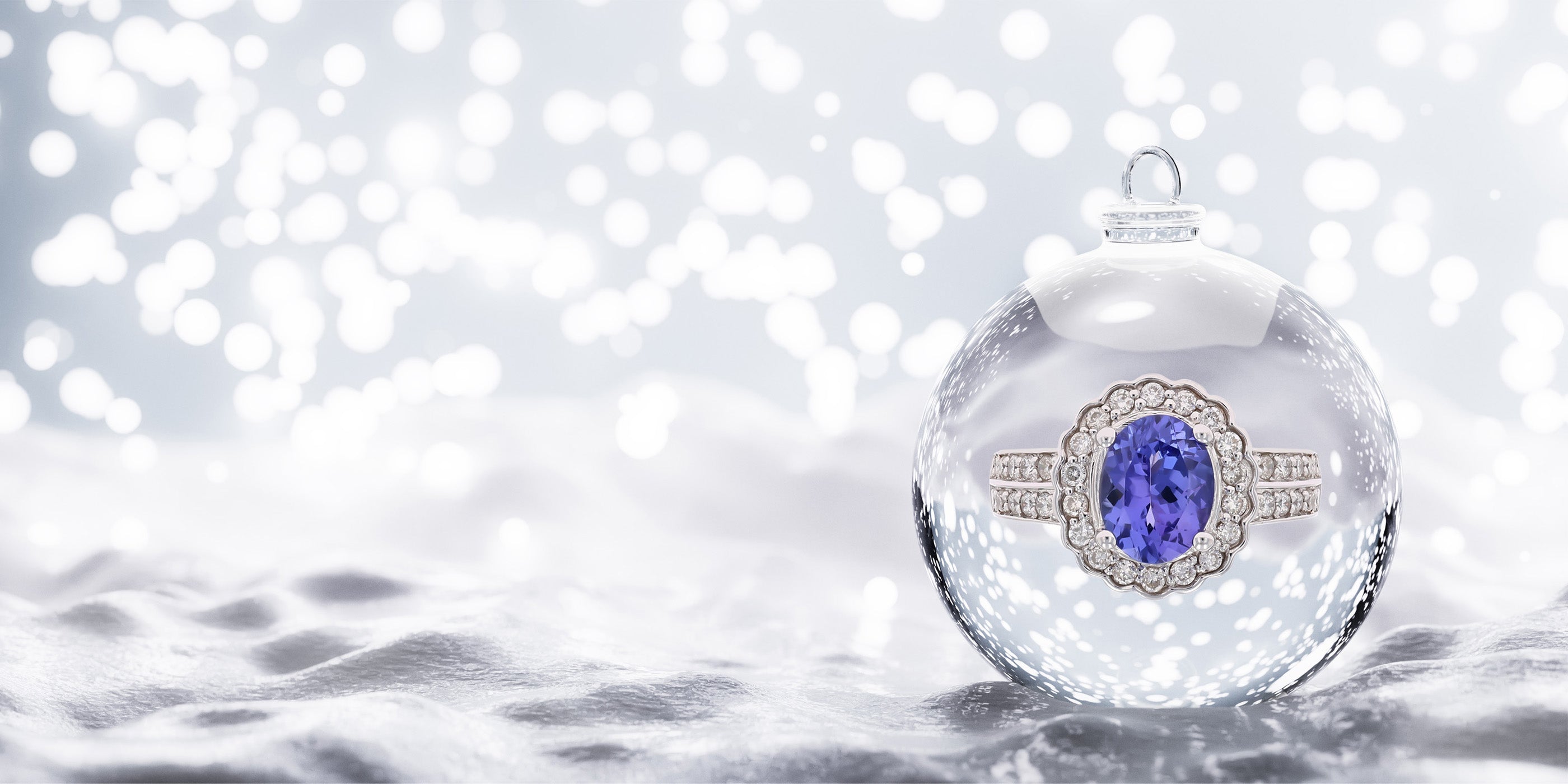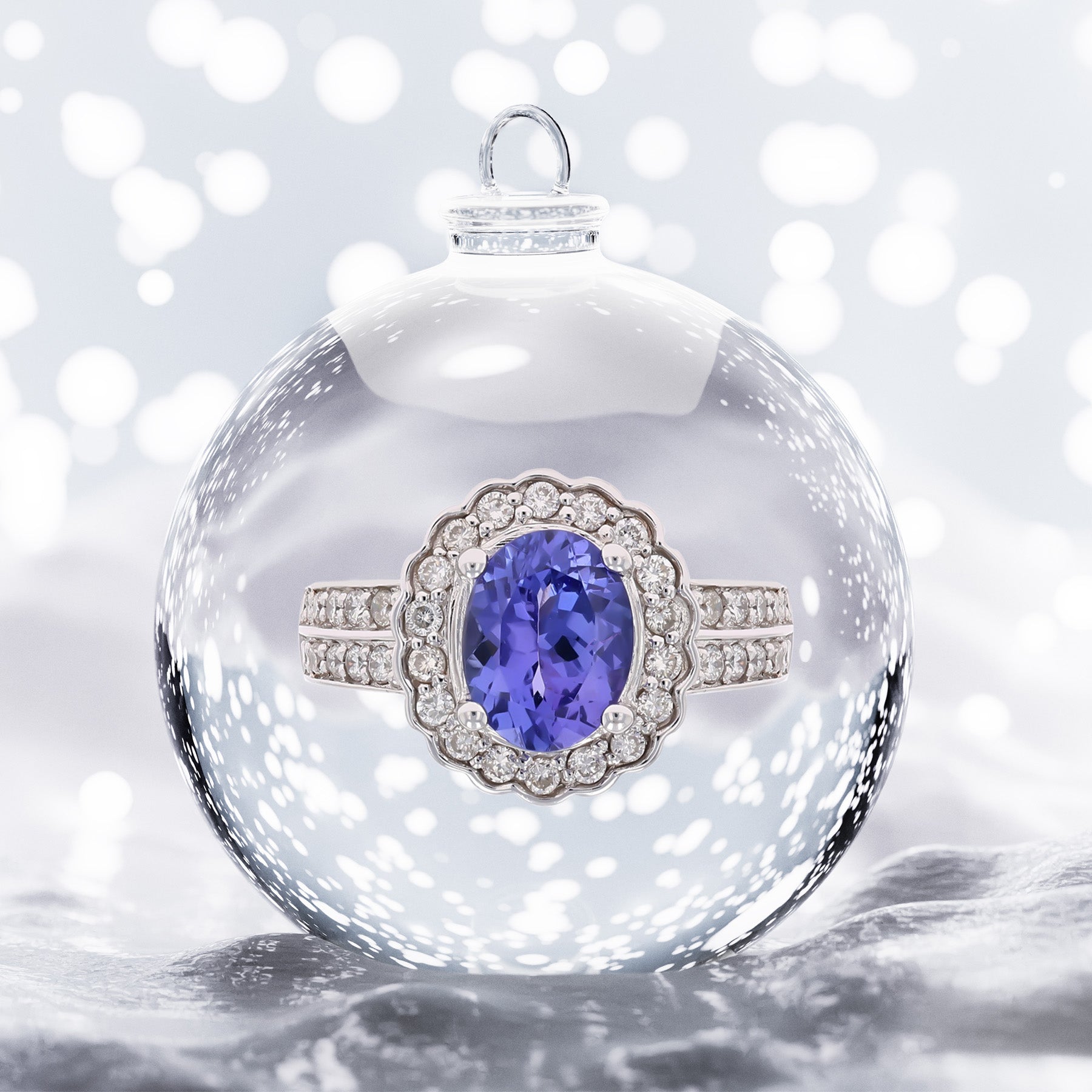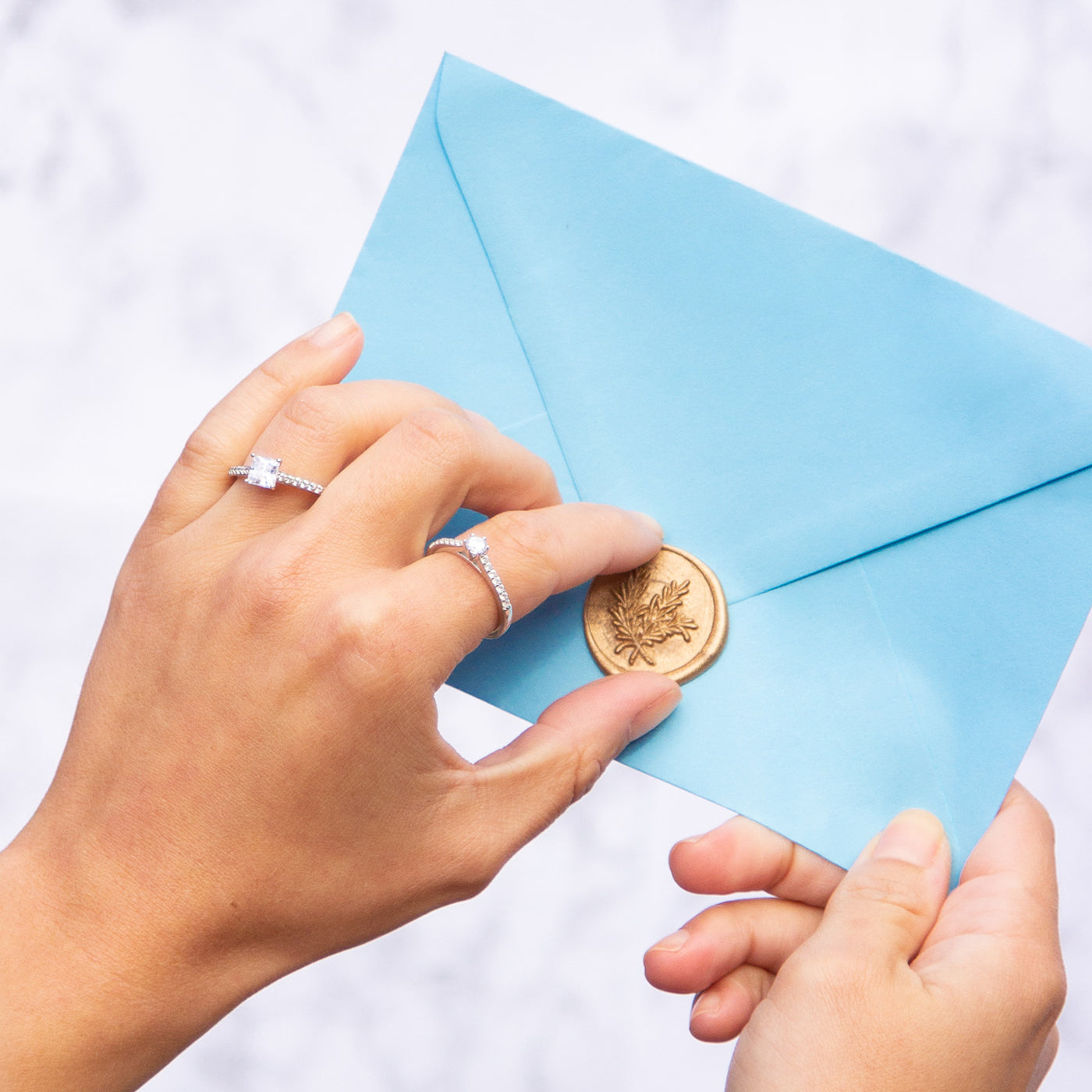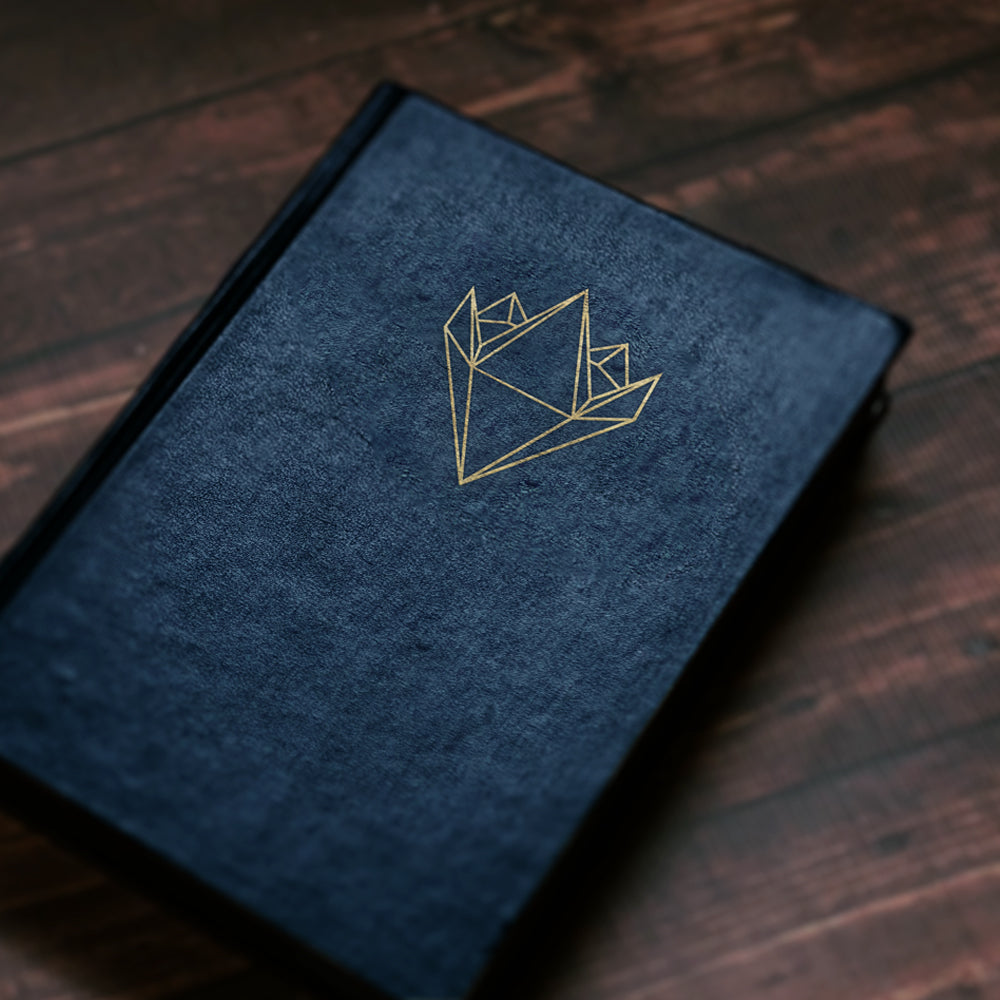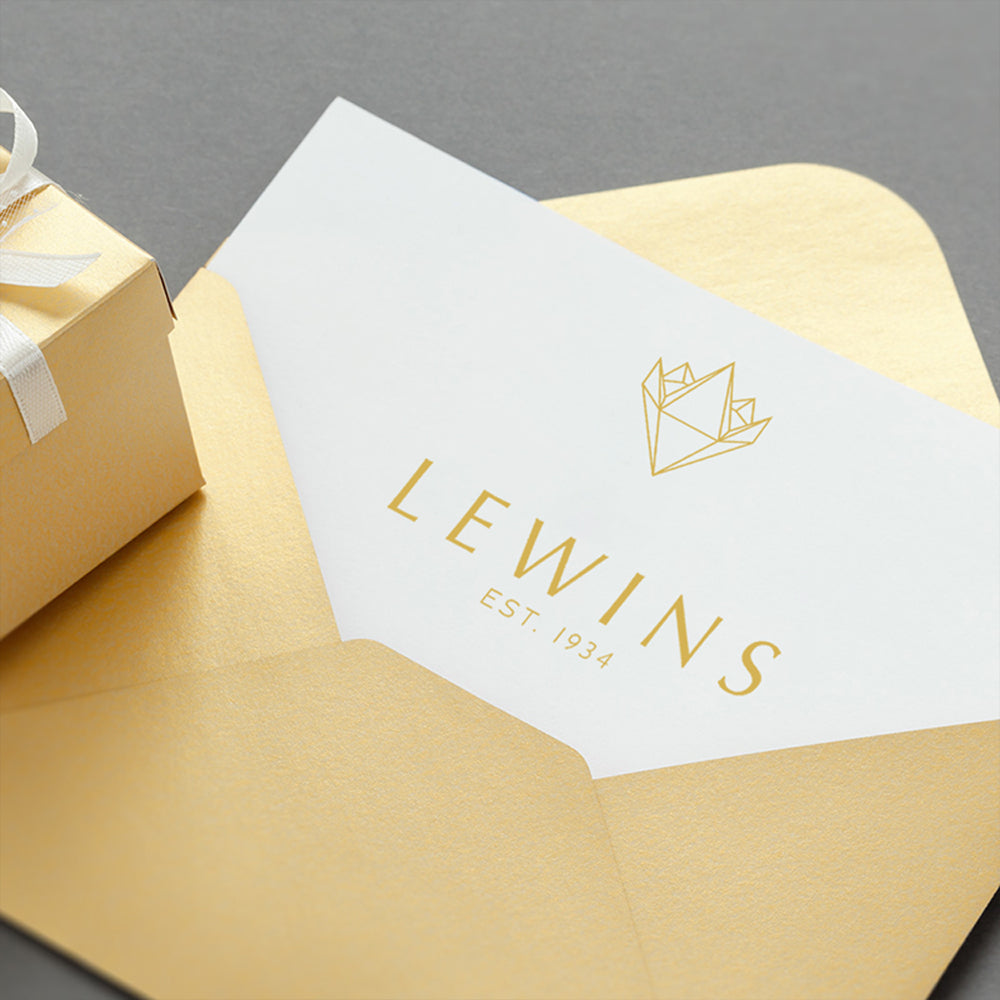Jewellery Odyssey:
The Tie Bar, is a functional and minimalistic accessory. The development of the tie bar, came years after the evolution of the necktie.
In the 17th century, the political and religious conflict of the “Thirty Years’ War” encompassed various countries, across central Europe. During this war, King Louis XIII of France employed Croatian mercenaries, to help his cause. Inspired by their style, King Louis became fascinated with the knitted, fabric scarves worn around their necks. Influenced by this comfortable, stylish and functional accessory, it became a very popular fashion accessory, at royal French gatherings. The neckties were named “La Cravate” in honour of the Croatian soldiers. Consequently, the cravat soon transcended across many high societies of European countries, and evolved throughout the following centuries. Whilst there were many different ways of tying it, neckties represented a smart dress code and became a symbol of royalty and class.
In the late 19th century, the light fabric neckties were often tucked into waistcoats and Victorian stick pins were used, to fashionably hold them in place. The development of the modern tie that is worn today, was created by a New York tailor named Jesse Langsdorf. Langsdorf changed the structure of the tie, by cleverly cutting the fabric at 45 degree angles, into three separated segments and sewing it back together. When knotted the Langsdorf tie would lay flat. During the 1930s, the “Windsor Knot” fashioned by the Duke of Windsor, became a popular way of fastening the tie, to create an extra-wide knot. During this era of society, waistcoats were not always worn. It paved the invention of the tie bar in the form of slides and clips, to securely hold the tie to the shirt. The tie bar became a gentleman’s staple accessory.
Currently, there are no standard bespoke alterations, available for this item. However, if you have a question regarding an alteration you wish to make to the item, please let us know. You can either fill out the enquiry form below, or contact us directly. We will see if we can help to make any provisions for your request, or advise you further.
Jewellery Care Precautions:
Avoid direct contact with: perfume, lotions, skincare, hairspray / other chemicals. Remove, your jewellery: when showering, swimming (as both chlorine and saltwater will react with metals), washing your hands / using hand sanitisers, before going to bed or when participating in physical activities (going to the gym, exercising, gardening, housework etc….).
Beware, metals may tarnish over time due to oxygen contact and natural body oils. Prevent items from being exposed to moisture and direct sunlight, for long periods. Store jewellery in a dry place away from humidity, in a pouch/jewellery box and keep each piece separated from each other. Care, for your jewellery by cleaning with a soft dry cloth.
Sterling Silver:
Silver as an element in its purest form, experiences very little tarnish, but it is far too soft and malleable, to be used in jewellery. To increase its durability and to make it easier to work with, 92.5% of pure silver is alloyed with 7.5% of copper.
Tarnishing appearing on your silver jewellery is normal. Over time and especially in humid conditions, the copper alloy naturally oxidises with the air, causing the silver to tarnish and discolour to yellow/brown/black. However, this tarnishing and discolouration, will speed up, if your jewellery comes into contact with: hairspray, cosmetics, perfume, body lotion, deodorant etc…
If you notice a greenish colour appearing on your fingers, neck or earlobes where you wear your silver rings, chains and earrings. This is because your jewellery has oxidised by reacting with: the natural acid (pH level of your skin), oils, moisture and perspiration of your body. Or from the lotions and perfumes applied to your body.
Remember to keep you silver away from any chlorine, acids or abrasives as this will begin to degrade your jewellery. It is best to practise our jewellery care precautions steps above.
For silver that has experienced a light tarnish, you can use a silver dip to help bring it back to life, this also helps to get into tiny crevices, that are hard to reach. For silver that has experienced a darker tarnish, using a silver jewellery cloth will remove more tarnish than a silver dip, as it is embedded with low abrasive chemicals. For silver that is heavily tarnished, using a silver polish or cream will help - however this is abrasive and we recommend to use with care and only when needed. Alternatively, the safe hands of our jewellery workshop can revive the beautiful silver shine of your jewellery.
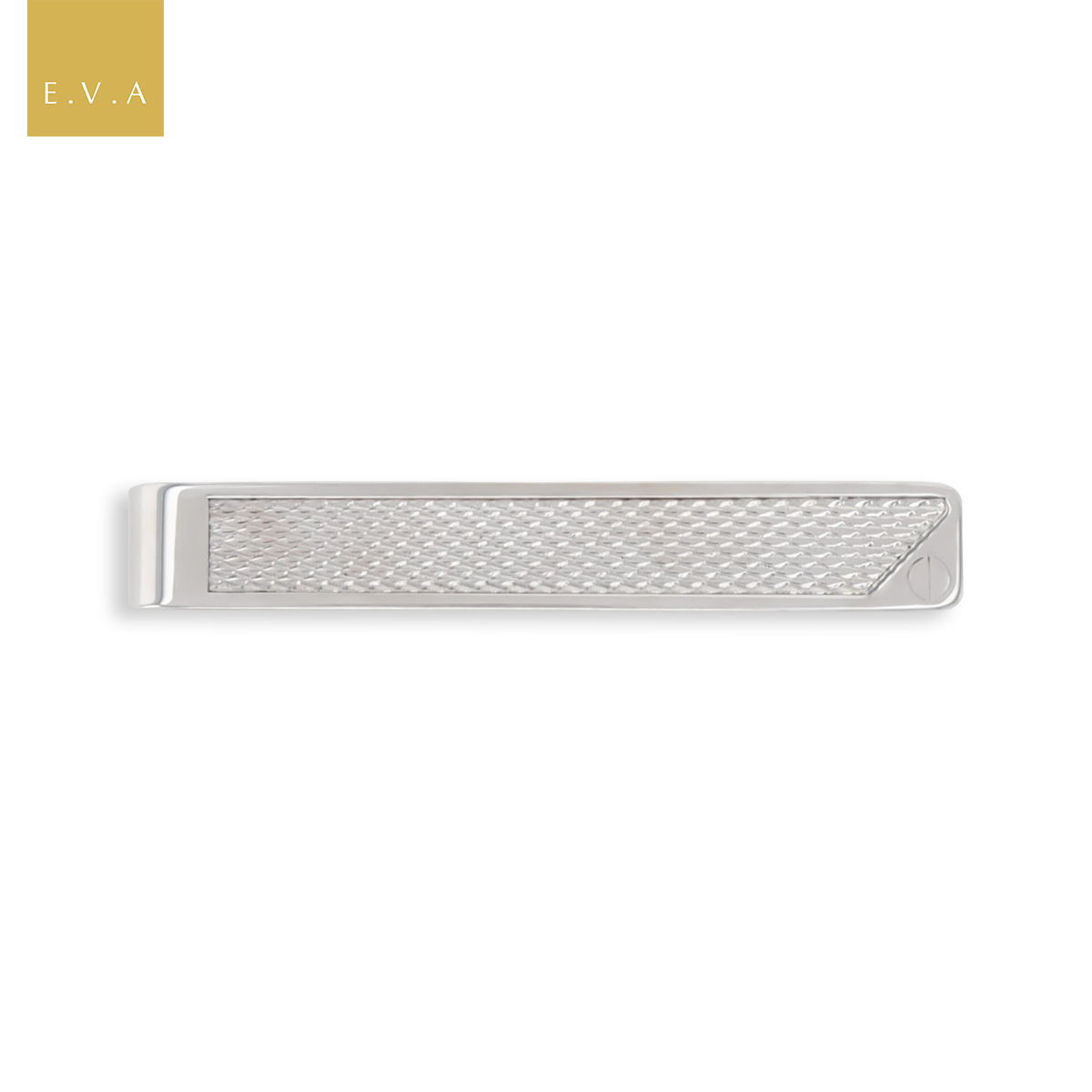
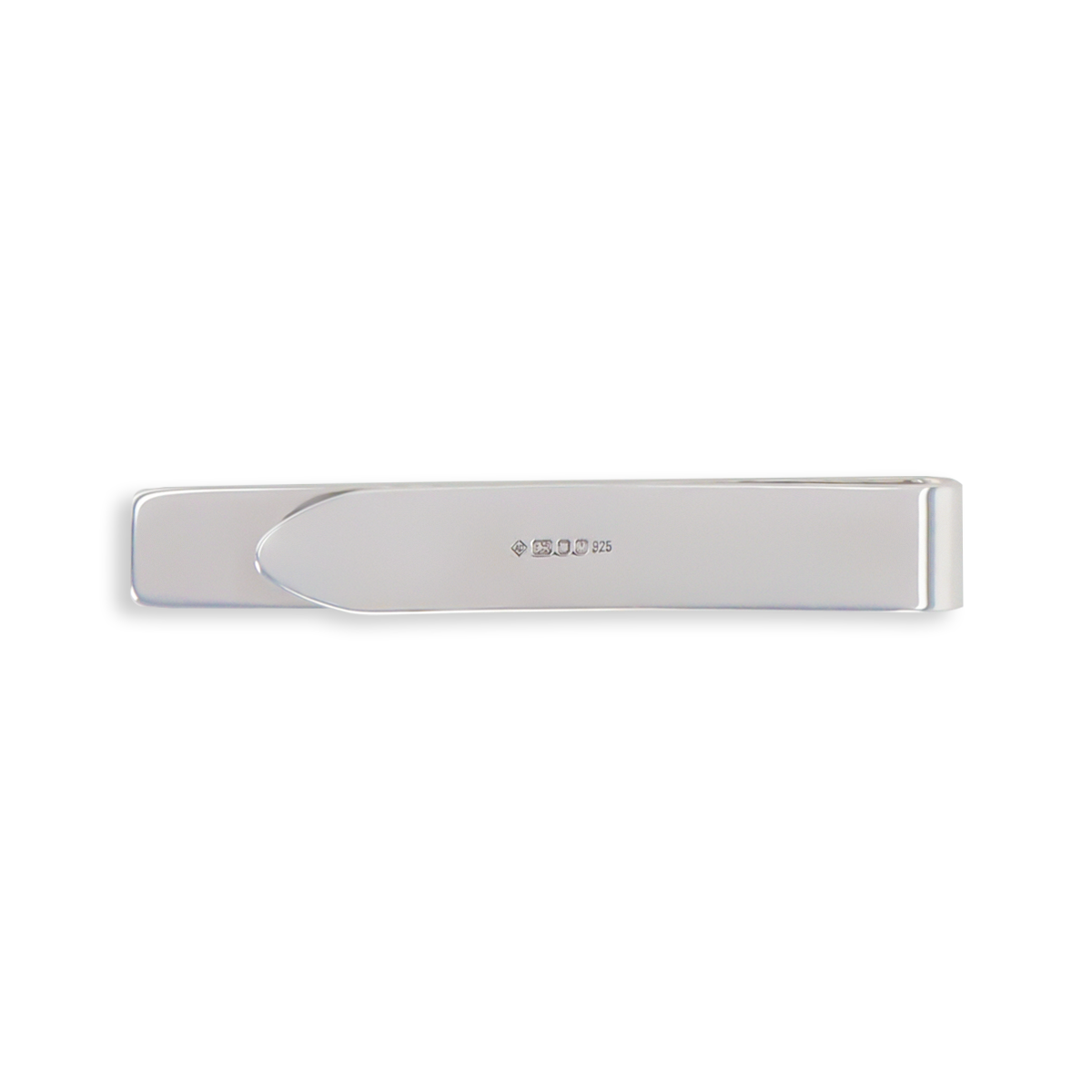


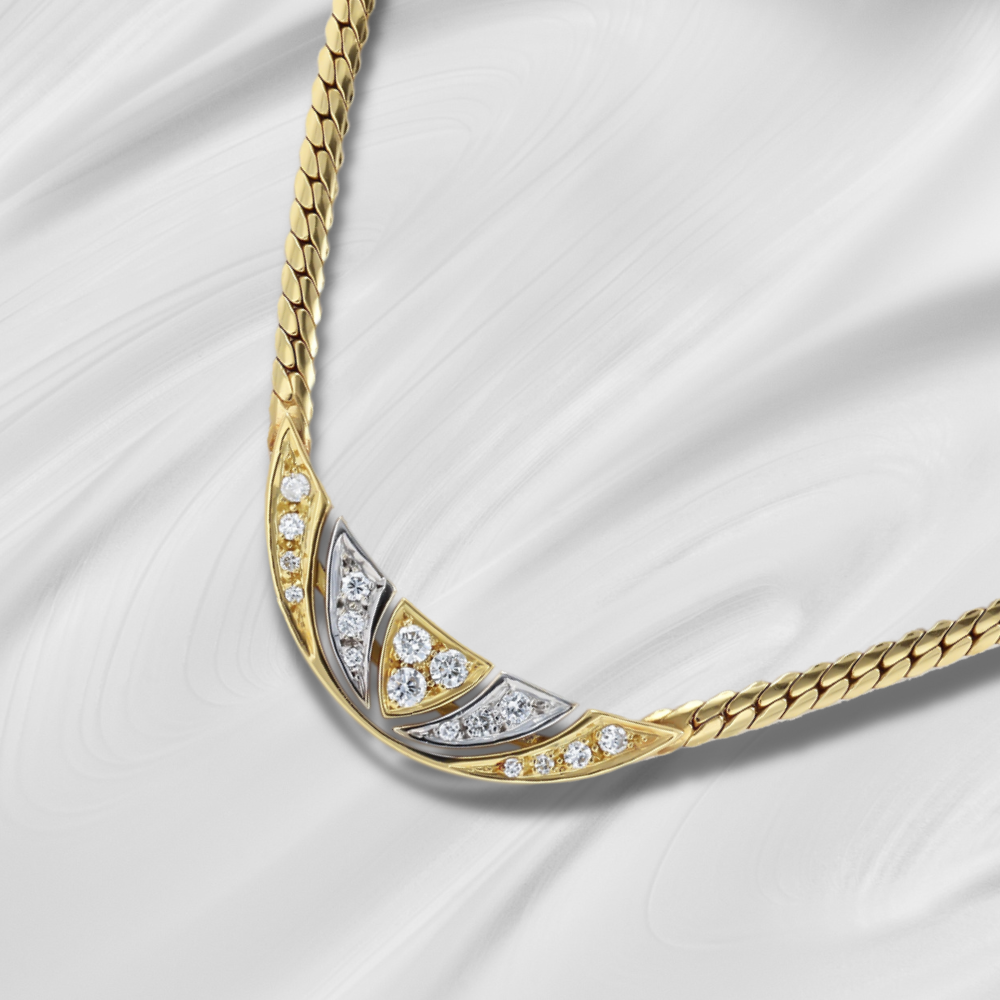
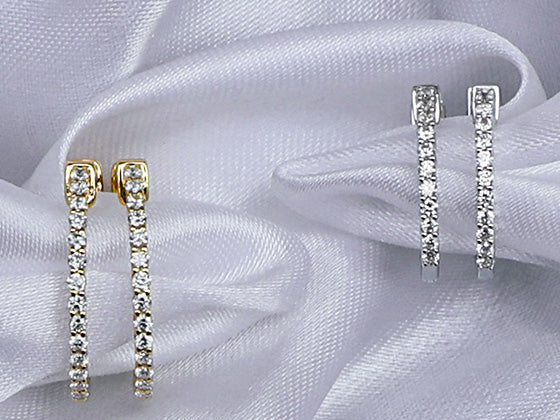
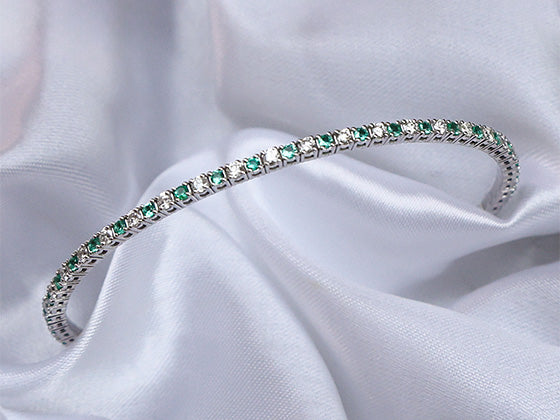

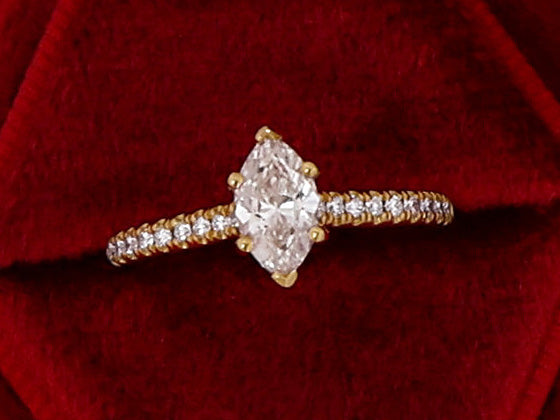
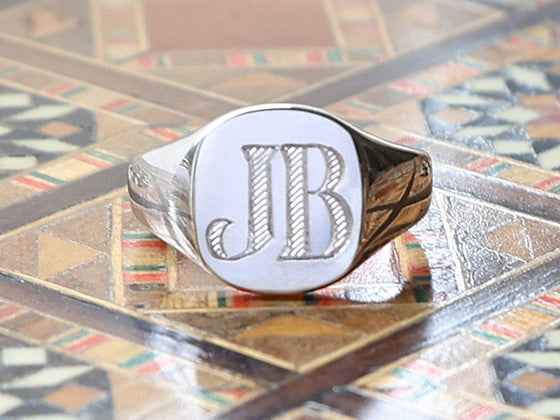
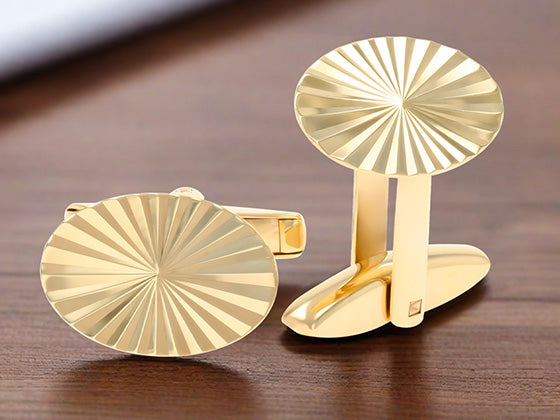
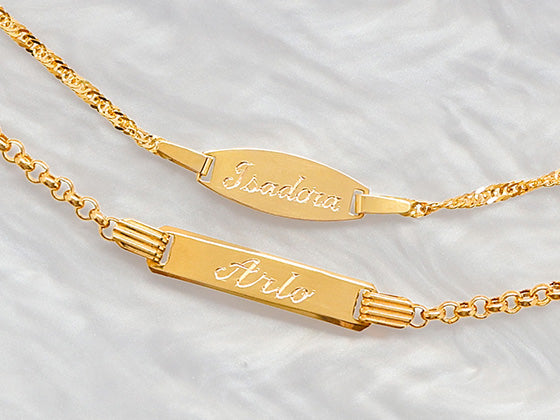
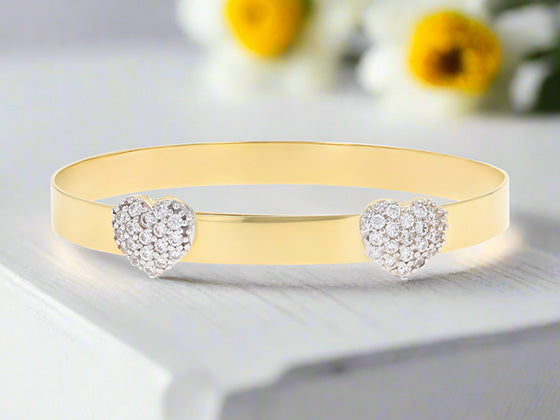
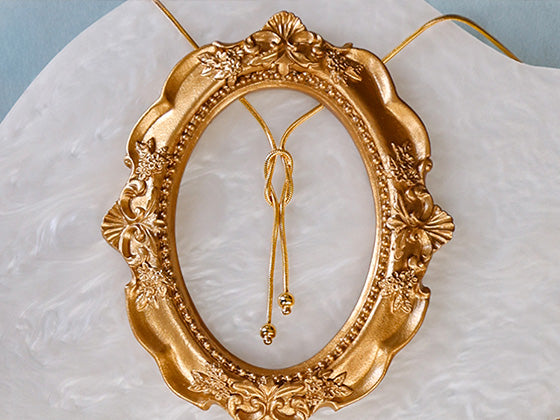
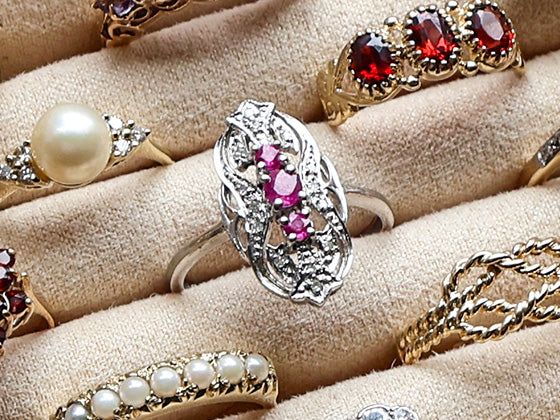
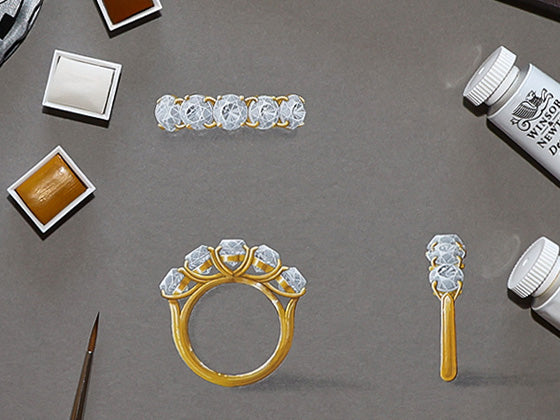
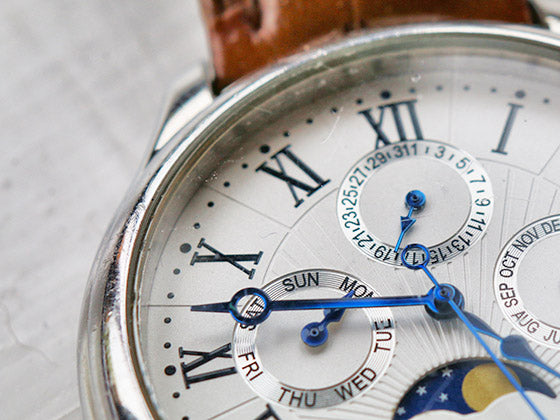
 Contact Us
Contact Us


